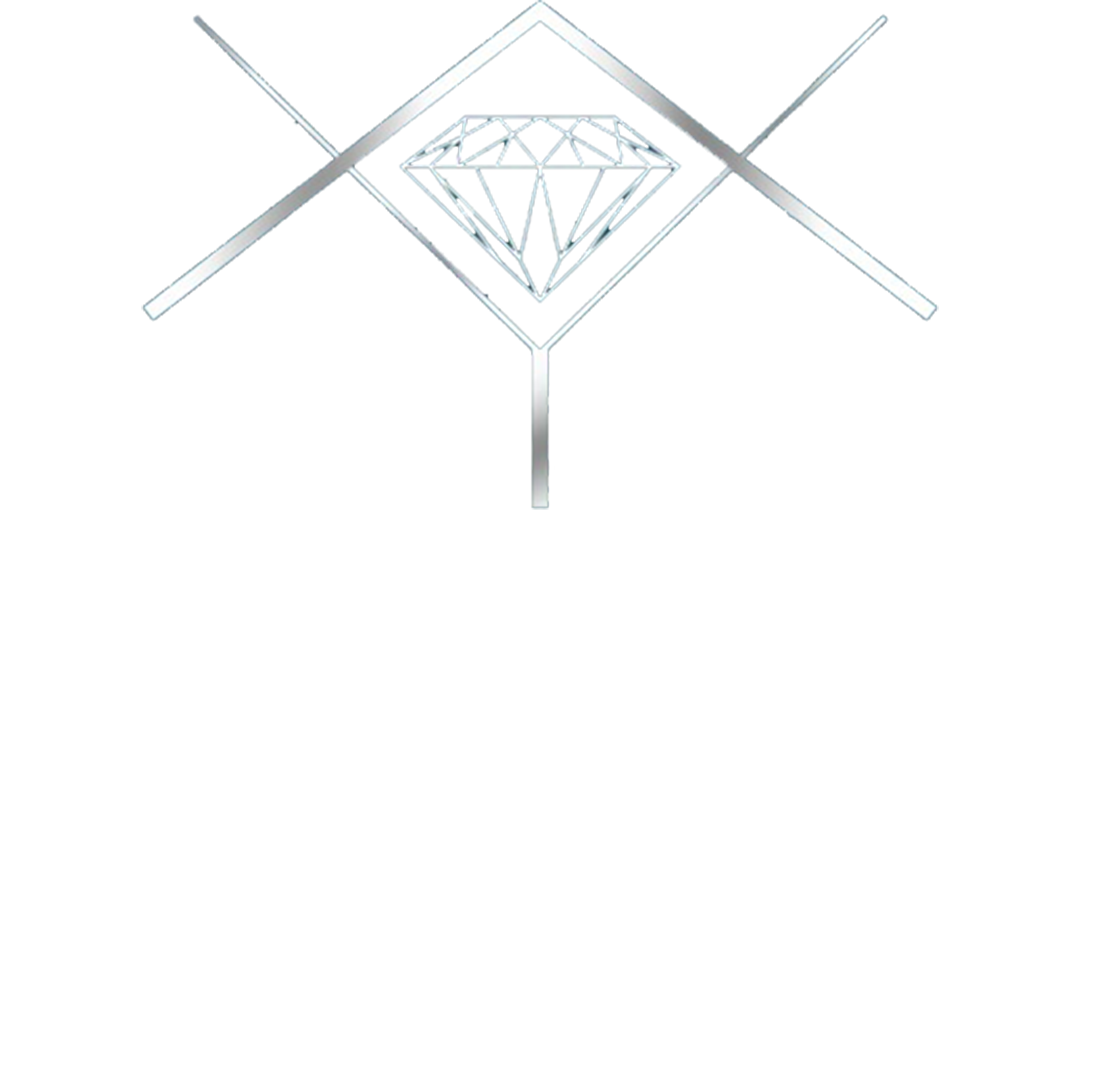Diamond Shapes
- Home
- Diamond Shapes
Shapes we work in

Round Cut
Absolutely perfect and timeless aesthetics, the round brilliant cut remains the sure value. Calibrated in 1919 by Marcel Tolkowsky to give it maximum brilliance and shine, the stone has 57 facets. This shape has remained the most sought-after since then because it is the most brilliant. The certificates of the GIA, HRD and IGI laboratories (the three most reputable) note all its size parameters. Ratings range from Fair (Poor) to Excellent. We recommend diamonds with either Very Good or Excellent cut ratings.

Princess cut
The princess is particularly adapted to architectural jewelry with clean lines. It is a square or rectangular cut, with generally 76 facets that ensure a strong sparkle. A princess cut is smaller and less expensive than a round brilliant of equal weight. The width of the table requires good purity. For princess sizes, we therefore recommend that you prefer IF-VVS-VS purities and avoid SI1-SI2 and Piqué.

Heart cut
Heart-shaped diamonds are a unique and romantic choice for jewelry, especially for engagement rings. These diamonds are considered rare and exceptional due to their distinctive shape and the small percentage they make up of the total diamonds sold annually. A high-quality heart-shaped diamond can exhibit brilliant brightness and a striking form, symbolizing mutual love.

Pear cut
A 58-faceted drop of water, often worn as a pendant, which holds as much of the round waist as the marquise with its rounded and pointed edges. The pear shape is by far the most difficult to choose because it is rarely well cut. It is indeed very difficult to find the right compromise between its length and width. But a beautiful pear shaped diamond is a marvel of nature and human work.

Oval cut
The 56 facets of the oval waist give a resolutely modern shape that unites the classicism of the round brilliant and the elegant femininity of the more elongated shapes such as the marquise and the pear. Often set as a center diamond on solitaires or rings, the oval shaped diamond can also be set as a surrounding stone. There are also very beautiful oval diamond wedding rings.

Marquise Cut
The Marquise cut diamond features an elegant, elongated shape with pointed ends, known for its ability to appear larger than its actual carat weight. Originating in the 18th century and named after the Marquise of Pompadour, this cut was created to resemble her mouth by the commission of King Louis XV of France. It typically includes 56 to 58 facets, enhancing its brilliance and fire.

Emerald Cut
Originally, it was reserved for emerald stones, from which it takes its name. The Emerald cut gives a translucent light, unique of its kind. It is a distinguished cut, sober but very "class". Requires diamonds of good purity: the table is important and the slightest defect becomes visible. This is why the emerald diamond must be pure or VVS-VS. At worst SI1, but then the inclusions must be on the side.

Radiant Cut
The Radiant cut diamond is known for its incredible brilliance and unique silhouette, resembling the shape of an emerald cut but with the sparkle close to that of a round brilliant cut. This cut is particularly popular for those who love the contours of an emerald cut but desire the intense sparkle of a round brilliant.

Cushion Cut
The cushion diamond is a very trendy shape nowadays because jewelry brands have used it a lot in their creations in recent years. Very elegant and very brilliant, it is a good alternative to round diamonds, even if its brilliance remains nevertheless inferior to that of the round brilliant diamond. The ideal is to set it on a ring with round brilliant diamonds around it to enhance its brilliance.

Asscher Cut
The Asscher cut diamond, developed in the early 1900s by Joseph Asscher, is celebrated for its distinctive square step-cut facet arrangement with relatively wide corners, making it a variant of the emerald cut. This cut gained immense popularity during the Art Deco period of the 1920s and 1930s.

Triangle Cut
Triangle cut diamonds, also known as trillion or trilliant cut diamonds, feature a triangular shape and are known for their exceptional brilliance. This cut is often used for side stones to complement larger center diamonds in engagement rings and other jewelry pieces. However, triangle cut diamonds can also serve as striking centerpieces.

Triangle Cut
The Trilliant cut, also known as Trillion or Trielle cut, is a spectacular and dramatic diamond shape that captures the imagination with its unique form. Characterized by its triangular shape with equal sides, this cut is renowned for its ability to disperse light brilliantly, resulting in a fiery and sparkling appearance that's quite distinct from other diamond shapes.

Ashoka cut
The Ashoka cut diamond is a unique and highly sought-after diamond cut that stands out due to its distinctive elongated, rectangular shape with rounded corners and numerous facets. This cut is named after the ancient Indian emperor Ashoka Maurya, a legendary ruler known for his quest for harmony, enlightenment, and peace after numerous battles.
